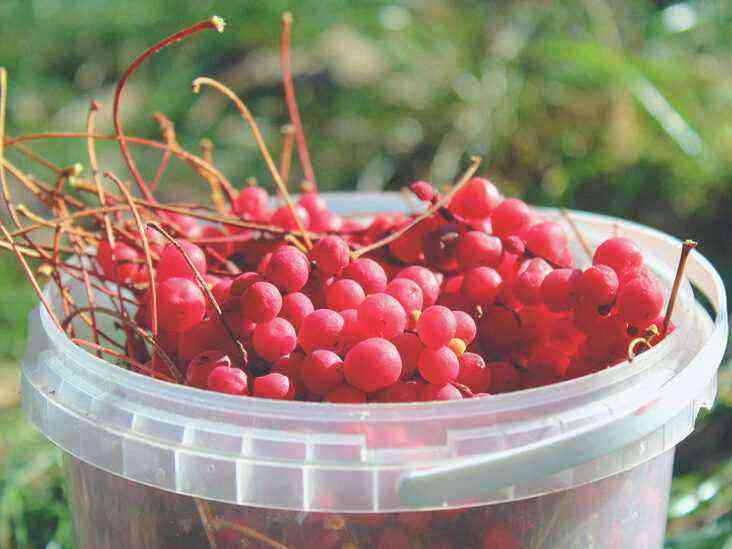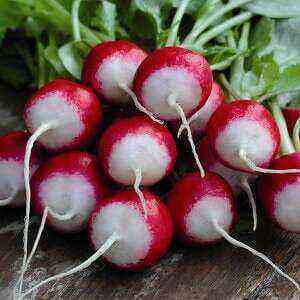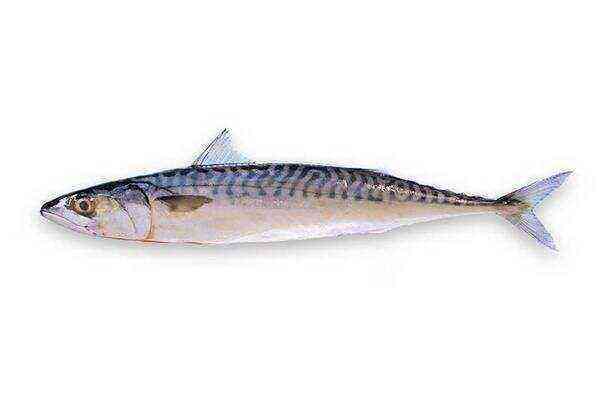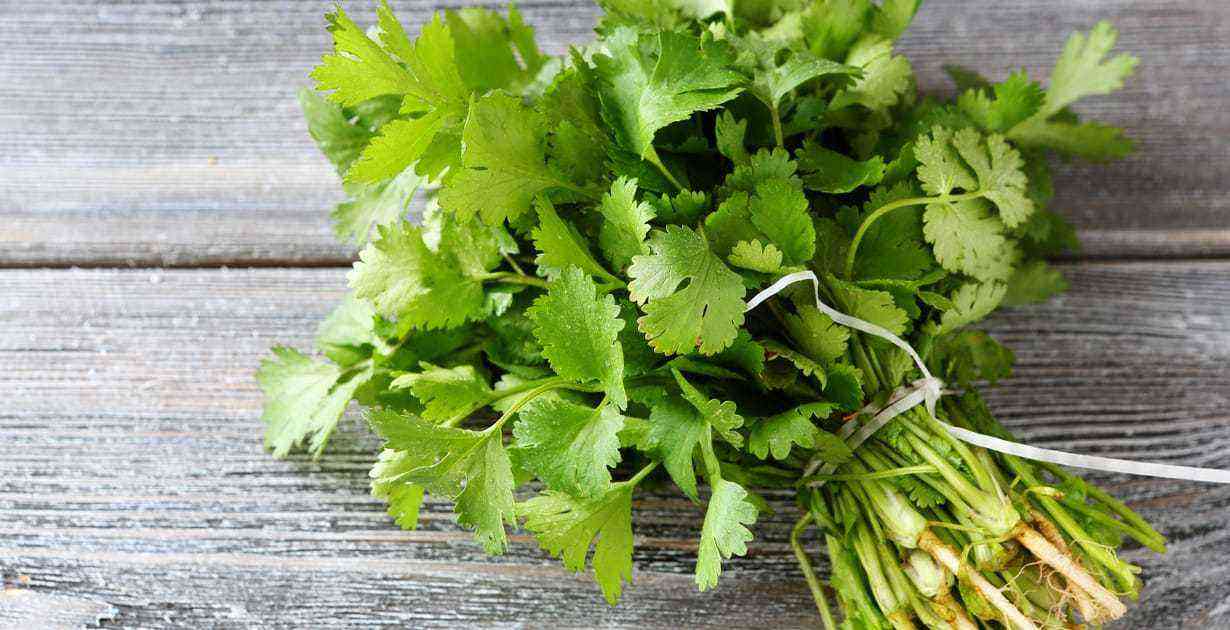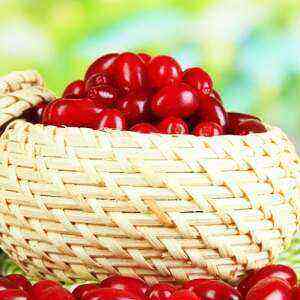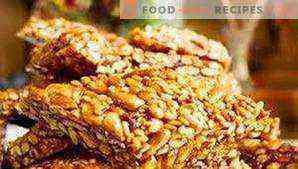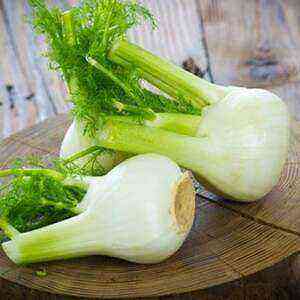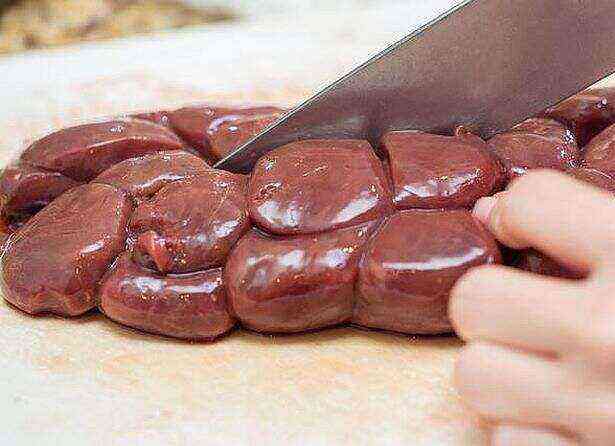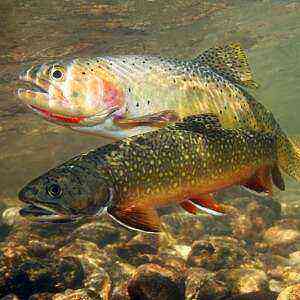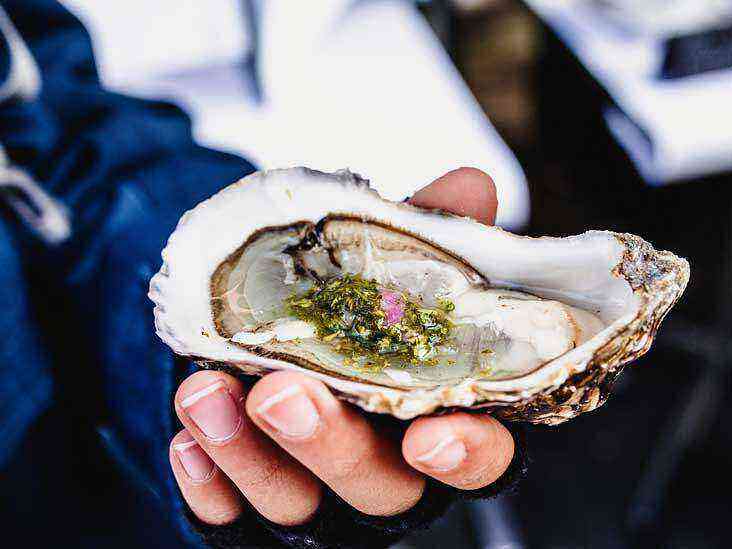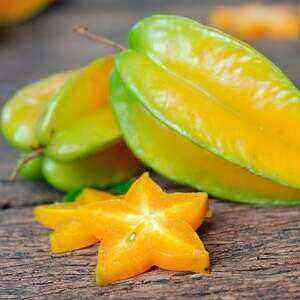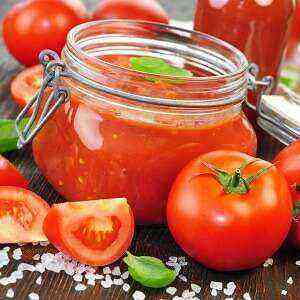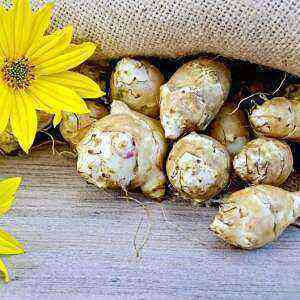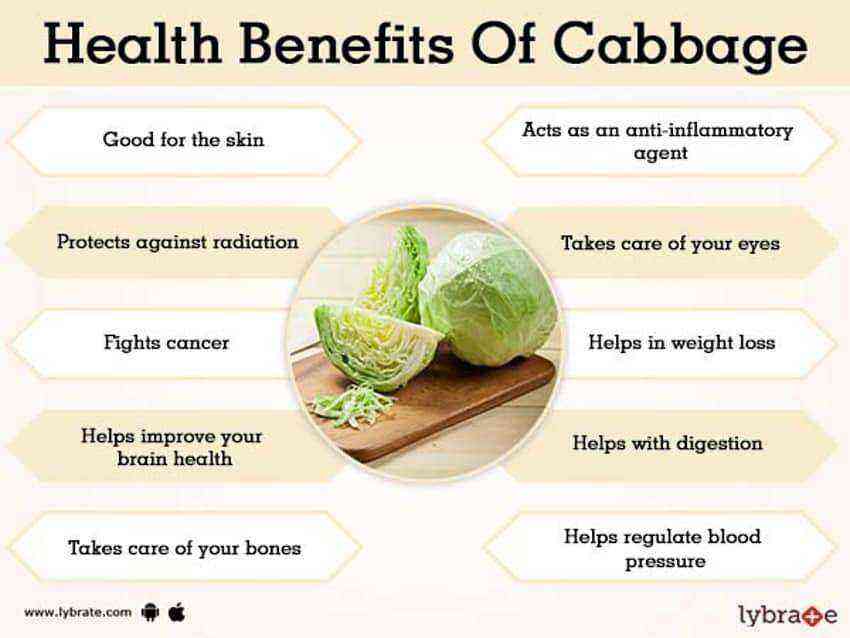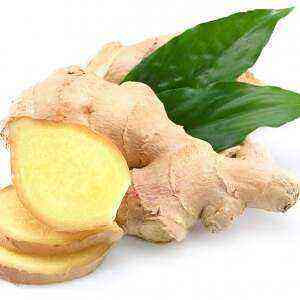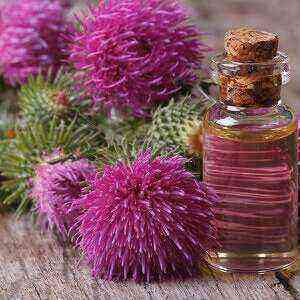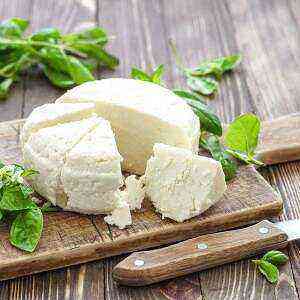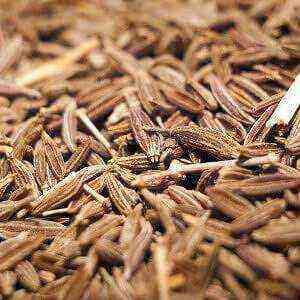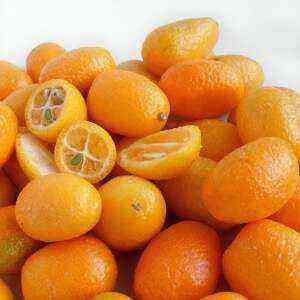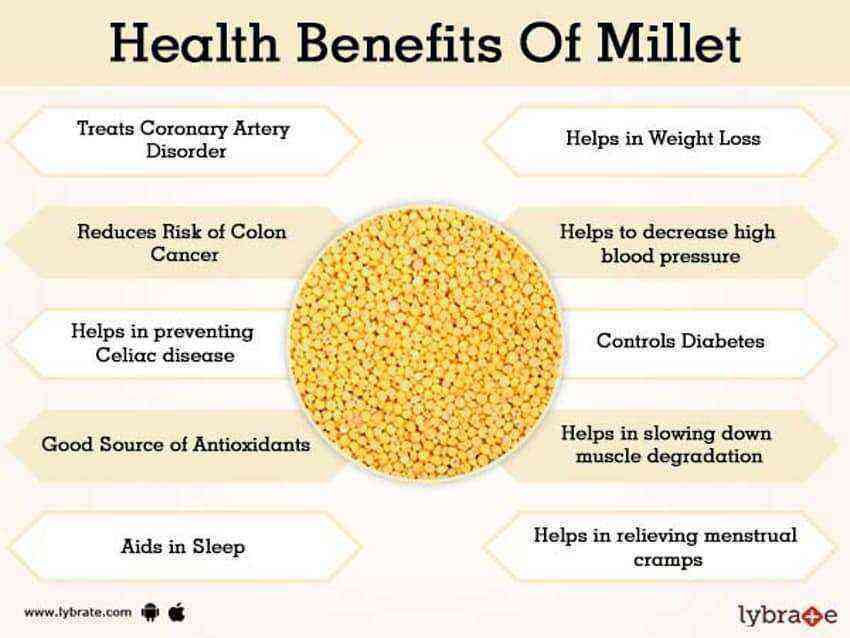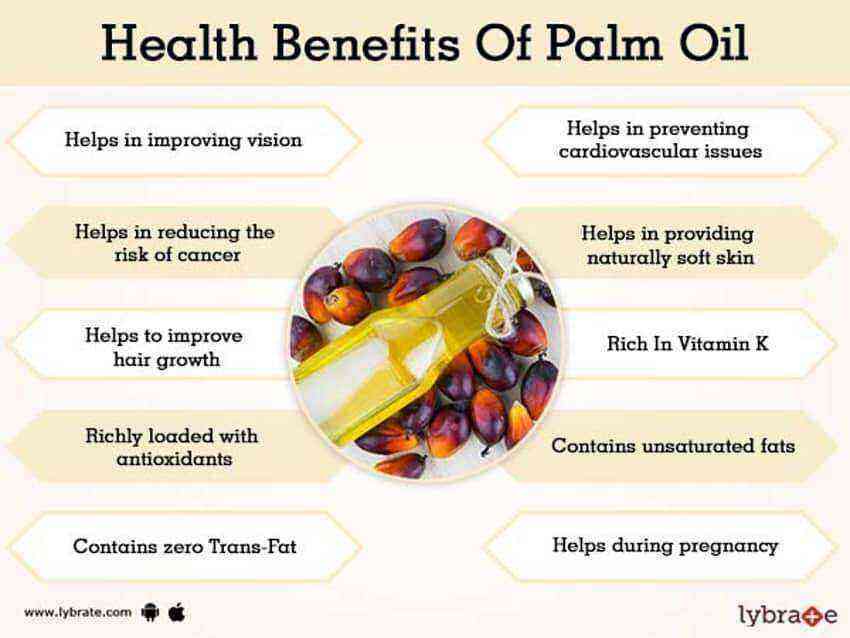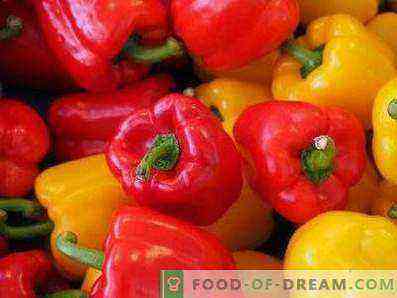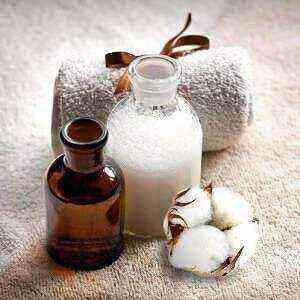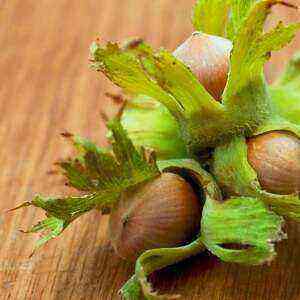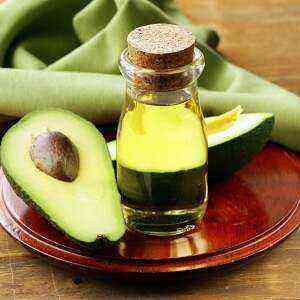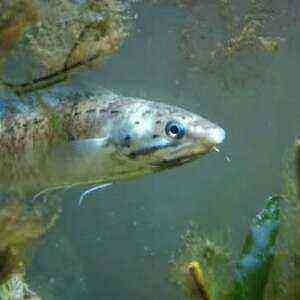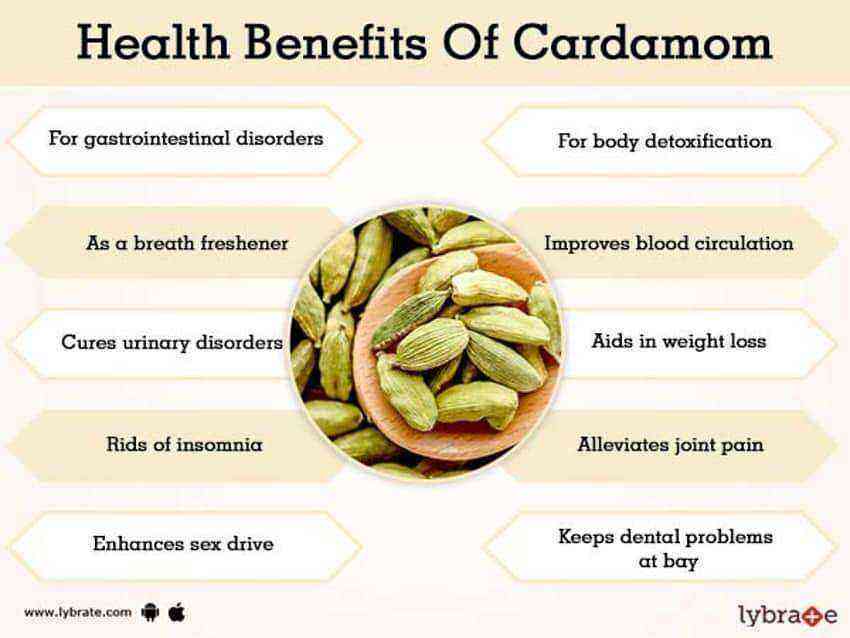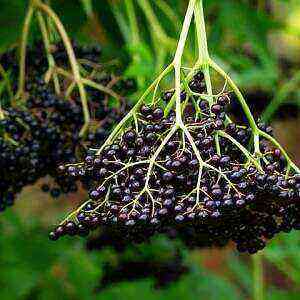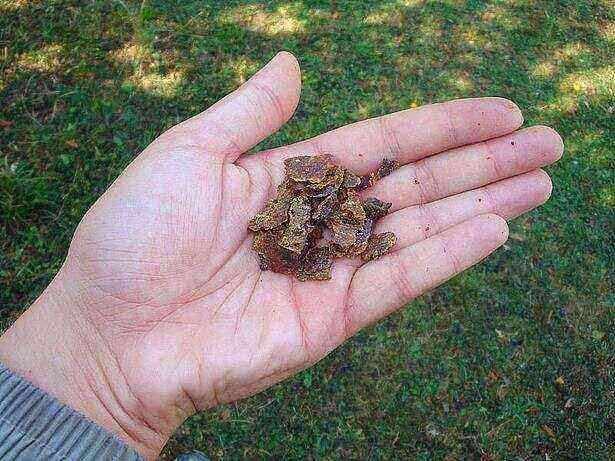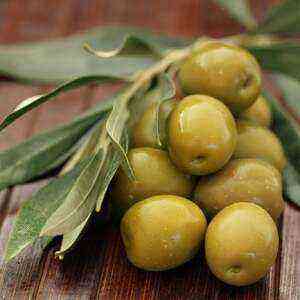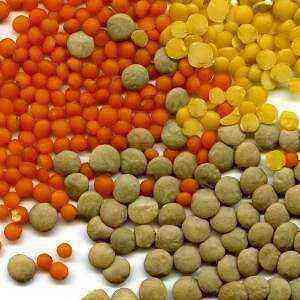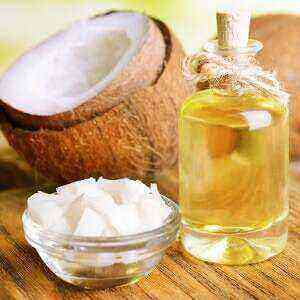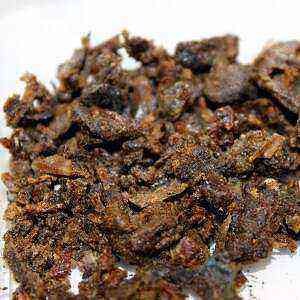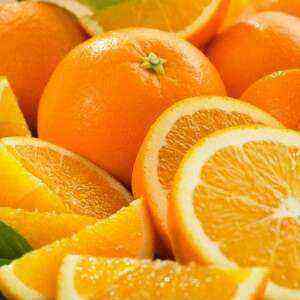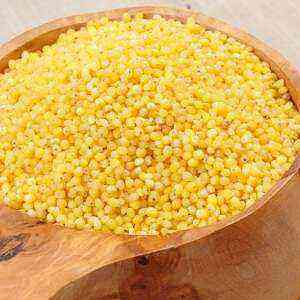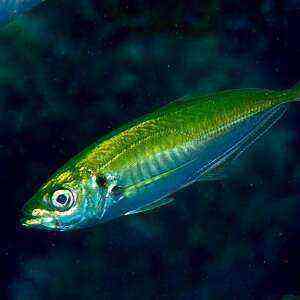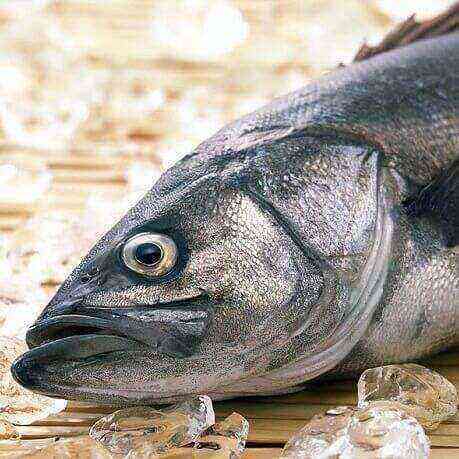
Biological characteristics
Pollock is one of the most important bottom fish for the industry. In fishing, it takes second place after the Peruvian anchovy. Belongs to the cod family, like other representatives of this genus, has 3 dorsal fins and a mustache. You can recognize this inhabitant of the seas by the olive-green belly and interspersed on the body, large eyes and protruding lower jaw. Adult fish can reach 30-90 cm and weigh from half a kilogram to 800 g. It is good both in shallow water and at a depth of up to 200 m, although during the day it usually moves between the seabed and the surface of the water. The natural habitat is the cold waters of the North Pacific. The large catches of this fish should be counted along the western coast of America and the eastern coast of Asia. During the spawning period, when schools of fish come close to the shore, it is easy to catch it even with a fishing rod. It is important that if it is caught in the bays of Alaska, near the Aleutian Islands, in the waters of the Bering Sea, you can not worry about the contamination of fish with mercury or other chemicals. By origin, pollock is also Russian from the waters of Alaska. Russian fishing is concentrated in the Sea of Okhotsk and the Bering Sea.
This relatively fast-growing fish feeds on crustaceans, krill and other small inhabitants of the seas. Life expectancy is up to 17 years, but anglers value 3-4-year-old carcasses the most. In the mating season, pollock females are particularly interesting because of their roe. But despite this, pollock does not belong to the species that is under threat of extinction. And the main reason is that it multiplies very quickly. Within a few days, pollock females lay hundreds of thousands of eggs, of which, through 9-28 days, from 100 thousands to a million offspring are born.
In the period before spawning, the meat of this fish is appreciated, from which, besides the fillet, fish sticks and surimi are made – an imitation of crab meat.
The nutritional value
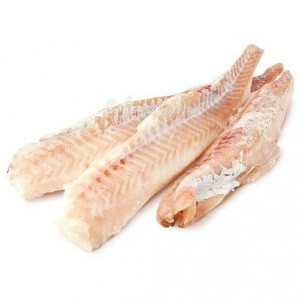
You can not talk about the beneficial properties of pollock and not recall the vitamins contained in this fish. And it is rich in B vitamins (B1, B2, B6, B9), antioxidant vitamins A and E, and also contains ascorbic acid. Minerals are represented by a complex of zinc, iron, chromium, copper, iodine, nickel, manganese, molybdenum, fluorine and cobalt.
A 100-gram serving of pollock will provide the body with omega-3 fatty acids in a serving of 400-500 mg. In addition, it contains enough omega-6 fats. The nutritional composition of pollock depends on the method of cooking fish. For example, a fried breading product will be more high-calorie and contain a lot of carbohydrates and saturated fats. Surimi has few proteins and fat, but quite a few carbohydrates. But absolutely all pollock products contain Omega-3, although in different concentrations.
Table of contents of useful components in 100 g of raw product
Calories 72 kcal Proteins 17 g Fats 1 g Carbohydrates 0,1 g Water 80 g Cholesterol 50 g Ash 1,3 g Vitamin A 0,01 mg Vitamin B1 0,12 mg Vitamin B2 0,11 mg Vitamin B3 4,5 mg Vitamin B6 0,2 mg Vitamin B9 0,05 mg Vitamin C 0,6 mg Vitamin E 0,4 mg Calcium 41 mg Sodium 41 mg Magnesium 56 mg Phosphorus 245 mg Potassium 418 mg Iodine 0,2 mg Fluorine 0,8 mg Copper 0,2 , 174 mg Sulfur 1,1 mg Zinc 0,9 mg Iron 164 mg Chlorine XNUMX mg
Useful Properties
Pollock does not belong to fatty fish. This product is useful for obese people, as well as for people who for other reasons are contraindicated in the use of fat.

This type of fish is recommended to include in the diet smokers, who, as a rule, feel problems with gums and teeth. Ascorbic acid, fluoride and other components contained in the fillet help to strengthen the gums. Also this product is useful for people who care about their hair, nails and skin. It is necessary to enhance the production of enzymes, as well as restore the correct chemical composition of blood.
Nutritionists advise the use of this fish to children, especially in the period of intensive growth, the elderly. By the way, this is one of the few products that belongs to the hypoallergenic, many enter it in the supplements for children from 8 months. Nutritionists note the benefits of this fish for pregnant women and for women during lactation. It is important to regularly include in your menu of this inhabitant of the seas to persons with disabilities of the thyroid gland or living in regions with iodine deficiency. By the way, the 100-gram portion of pollock contains the full daily rate of this element.
Important Components
Proteins and amino acids
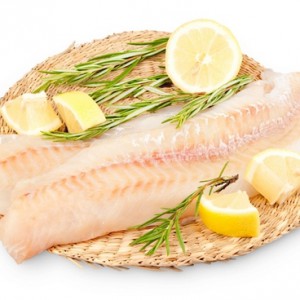
Choline and vitamin B12
Pollock dishes are a good source of choline and vitamin B12. They are necessary to maintain the health of the nervous system and the proper functioning of the brain. In particular, choline is important for the proper functioning of brain cells, and vitamin B12 produces a protective substance for nerve cells called myelin. In addition, choline is needed to maintain cell membranes, and vitamin B12 is needed for the production of red blood cells.
Phosphorus and selenium
To replenish stocks of phosphorus and selenium in the body, you must enter into the diet of marine fish, for example, pollock. Phosphorus is an essential component of bone tissue. It is also necessary for the formation of cell membranes and DNA. Selenium supports the healthy functioning of blood vessels and regulates the performance of the thyroid gland, prevents the formation of cancer tumors.
Who needs pollock
Considering the chemical composition and beneficial properties of this fish, it can be said that in certain diseases and conditions of the body, the pollock serves as a therapeutic and prophylactic product.
Taking care of the presence of this fish in the diet is important when diagnosed:
high cholesterol;
- the instability of blood pressure (especially leaps in the direction of a sharp decline);
- atherosclerosis or the risk of this disease;
- chronic weakness and fatigue;
- thyroid dysfunction;
- disruption of the digestive organs.
In addition, pollock is useful for:
- increased mental work;
- slagging of the body;
- general weakness after illness;
- increased stress on the heart.
How to choose the pollock
Pollock, as already understood, the fish is healthy, tasty and, importantly, available for purchase. But in order for it to bring as much benefit to the body as possible, it is important to know how to choose the carcasses of pollock correctly. Here are some tips to pay attention to.
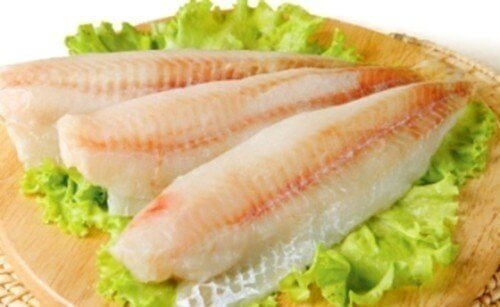
Further, it is important to study the color and smell of the product. The fillet must be pure white with no yellow or other colored spots. As for the smell, then the old fish, he unpleasant and spicy, fresh – sweet.
If you are buying frozen fillets, you should carefully examine the ice crust on each piece. Ice on fish should not be more than 4% of the total mass.
Store pollock at a temperature of minus 18 degrees Celsius or below.
Why is this fish dangerous?
As already noted, the advantages of pollock over other marine fish are that it is less prone to pollution than mercury. But still there are several nuances that in some cases require you to use this product in limited quantities or to abandon it.
Although quite rare, but still happens allergy to pollock dishes. This condition, as a rule, causes individual intolerance. Secondly, from the pollock – the absolute leader among fish in terms of protein content, people with protein intolerance will have to give up. And it is also a rather rare and serious disease. The third reason for which it is important to limit the frequency of fish consumption is hypertension. And all because pollock contains a lot of salt in its meat.
If you are not sure whether the organism carries the pollock, it is recommended to include the fish in the diet gradually in small portions.
What to cook from pollock

Surimi is produced by grinding the fillet of pollock, in which other ingredients are added to stabilize the protein, which makes it possible to freeze the product for a long time without compromising quality. In addition, caviar and liver are used in the food industry. Vegetables are best for garnish with fish dishes.
Surimi at home
“Surimi”, translated from Japanese, means “slaughtered meat”. It is said that the first written memory of this product dates back to 1100 year. Throughout the ages, surimi have been made from white meat of ocean fish. The Japanese made various figures from it, which presented the guests as a special treat on a festive table. Today surimi is crab sticks. The raw material for this product is usually inexpensive, but it fits into all canons of pollock. Preparing surimi (crab sticks) at home is not difficult. And now you will learn how to do it.
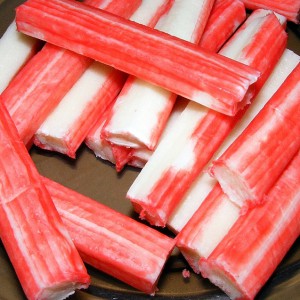
The cooking process begins from grinding the fillet in a blender or meat grinder to a slurry state. Bring the mixture to a boil and pour the starch diluted in water into it. When the mixture begins to thicken, remove from the fire, add salt, spices (for example, crab seasoning), mix and put in the desired shape. After complete cooling, paint over the top layer of “crab sticks” with carrot juice. After drying, cut into pieces and dip in crab seasoning. Everything, you can enjoy crab sticks homemade, or, as the Japanese would say, surimi.
Despite the fact that pollock does not belong to expensive fish varieties, it is not inferior to many others with its nutritional properties. At the same time – this is the fish, the caloric content of which will not affect the figure. So it can be safely included in any diet. Moreover, do not forget: the use of sea fish 2-3 once a week will protect against diseases of the heart and blood vessels.
 high cholesterol;
high cholesterol;